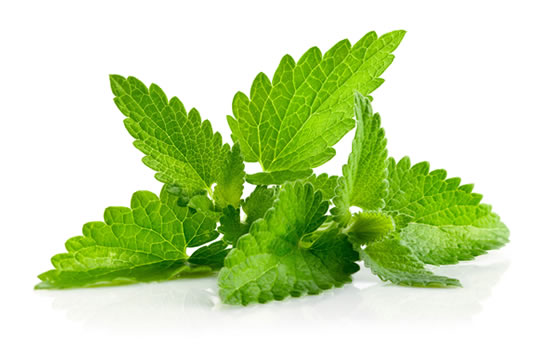Many people have heard of albinism, but few truly understand it. Understanding Albinism: Facts vs Myths is essential because portrayal of albinism in movies has led to situations where the majority of the population does not have the correct information about the condition. It’s time to clear things up. Let’s separate fact from myth and be glad that we have learned something interesting in the process.

What Is Albinism?
Albinism is a rare genetic condition that negatively affects the amount and distribution of melanin in the body. Melanin is the pigment that gives your hair, eyes, and skin color. Usually, individuals with albinism have hair of a very light or white color, very fragile skin, and eyes with a mild shade. Albinism is not a disease and it can’t be transmitted. It is inherited from the parents to the children. But to be born with it, a child must inherit the gene from both parents.
Myth 1: People with Albinism Have Red Eyes
Fact: People with Albinism usually have blue, gray, or light brown eyes.
You have likely heard that people with albinism have bright red eyes. This is wrong. As a result of light reflection inside the eye, their eyes may appear red or pinkish in some lighting. This, however, doesn’t imply that their eyes are red. Most of them have light-colored eyes that are the same as most people do.
Myth 2: Albinism Only Affects Skin Color
Fact: Albinism does not only affect the skin but it has also to do with the eyes and vision.
Albinism is certainly more than pale skin or fair hair. Melanin is vital for the growth of the eyes during a baby’s development. Melanin deficiency of the iris during eye formation leads to poor eyesight. Controlling body movement, light sensitivity, and the ability to focus only on objects are some of the challenges people with albinism may face.
Myth 3: Albinism Only Occurs in Certain Races
Fact: Albinism can occur in all ethnic and racial groups.
Albinism is not a trait characteristic of a specific race but some people may be born with the condition due to genetic reasons. The prevalence of the condition, in some cases, is more pronounced in those with darker skin color, but it is found in all populations — from Africa to Europe to Asia to the Americas.
Myth 4: People with Albinism Have Magical Powers
Fact: People with albinism are regular human beings, not mystical or magical.
In some cultures, dangerous myths suggest that persons affected with albinism have supernatural powers or bring good luck. However, very often, due to those superstitions, these people fall victim to violence and are subject to discrimination. It is nothing else but a medical condition, nor does it mean that they have magical or spiritual power.
Myth 5: People with Albinism Can’t Go Outside
Fact: With proper protection, people with albinism can safely enjoy the outdoors.
Although the absence of melanin in their skin makes them more sensitive to the sunlight, persons with albinism can still go out. To protect themselves from sunburn, they can use sunscreen, hats, and sunglasses, and wear long sleeves.
How You Can Make a Difference
- Obtain the knowledge and spread the word.
- Learn more. Knowledge and understanding are power, and the more we know, the more we understand albinism.
- Fight against myths and bullying.
- Encourage inclusivity and equal opportunities for the underprivileged and affected.
Conclusion
These myths, which are prevalent in cultural and traditional beliefs, have negative effects on the lives of individuals with albinism and contribute to discrimination, social isolation and even violence. Through enlightening societies and increasing awareness about the truth, we may be able to eradicate the misbeliefs and strengthen the rights and fairness of the people who suffer from the condition.
Remember to subscribe to our newsletter for regular health updates from us!









